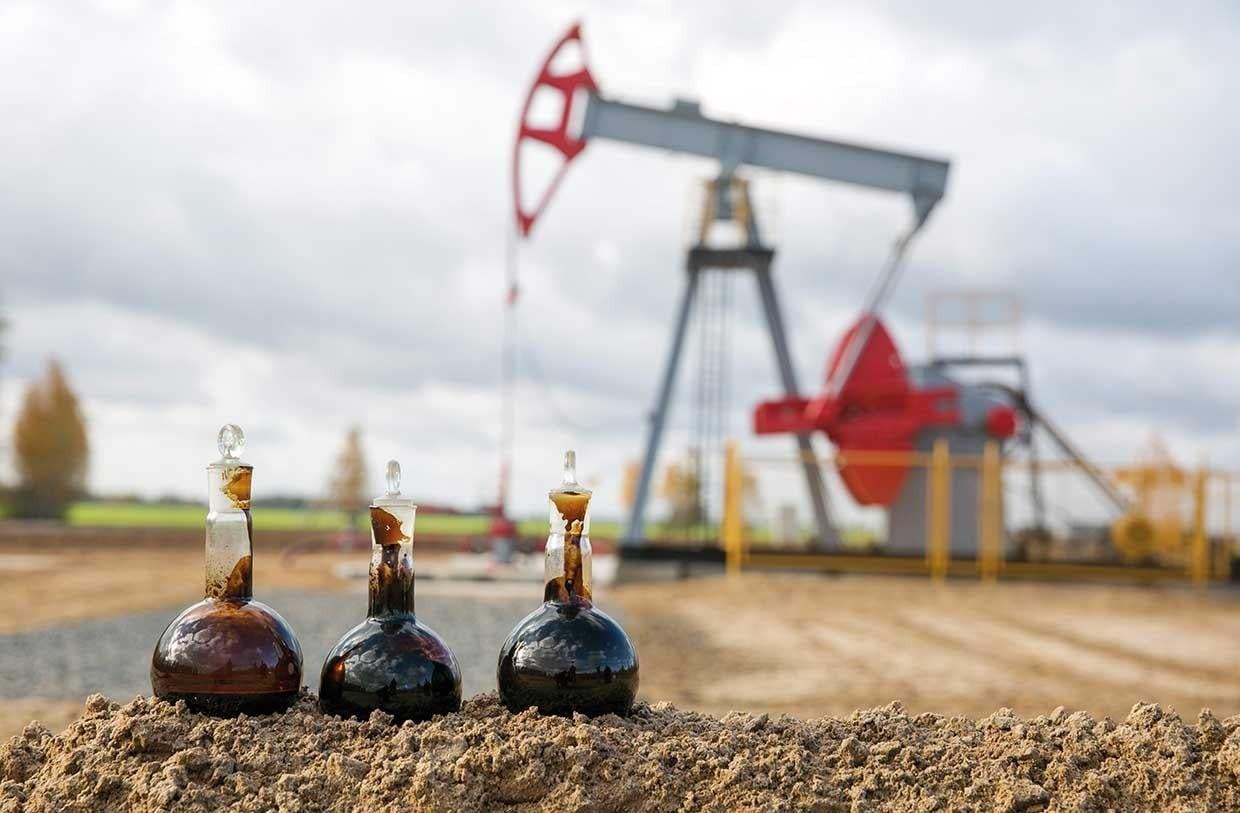BAKU, Azerbaijan, May 24. In the first half of 2022, China’s oil and gas demand is hit by both soaring international costs and weak demand, due to the dynamic zero-COVID policy, Trend reports with reference to Oxford Institute for Energy Studies (OIES).
“Unpacking the price impact is therefore challenging. For oil importers, there is a two-tier market emerging, of sanctioned (and therefore discounted) crudes vs other non-sanctioned crude. While sanctioned volumes cannot meet all refiners’ needs, in light of the weakness in demand, and expectations that any near term recovery will be distillate-heavy, sanctioned crudes can pick up some of the slack. But as the economy recovers—which now seems possible in Q3 22 but more likely only toward Q4 22—pent-up demand will help lift demand for transport fuels and chemicals for consumer goods,” OIES said in its latest report.
But the institute analysts believe that restocking requirements can wait for lower prices.
“Domestic gas users are also somewhat sheltered from global price increases given domestic price controls, but industrial demand is suffering from both high costs and weak demand, so the real test here too will be when demand recovers. The extent to which industrial users can switch back to coal is limited and ahead of the winter, if buyers need to restock and economic momentum increases, LNG buying could recover, suggesting a greater pull on global markets in 2023,” says the report.
Following the outbreak of war in Ukraine, global energy markets have tightened with prices of oil and gas surging. At the same time, Chinese oil and gas demand has been relatively weak, raising questions about the impact of high prices on China’s appetite for imported oil and gas.
“But the high costs of imports are likely playing a small part in the country’s reduced appetite for imports compared to the subdued macroeconomic context, due to Beijing’s dynamic zero-COVID policy, which is arguably playing a greater role. This matters because if prices are the main culprit, China’s oil and gas imports may well remain muted through year-end, as markets seem set to remain tight 1 . But if the macroeconomic outlook is main driver for oil and gas buying, government-led support measures, in a bid to reach its stated 5.5 per cent GDP growth target for 2022, will prompt buyers to return to the market as economic activity recovers, even if prices remain high.
That said, it is by no means a foregone conclusion that the 5.5 per cent GDP growth target will be met. Despite the need for stability in this year of political transition, limiting the spread of the pandemic will remain the top priority. The government will seek to reinvigorate growth to the extent possible, but the focus will be on employment and if logistics allow, on infrastructure development. Still, the 5.5 per cent growth target will be hugely challenging and the anticipated economic rebound may fail to materialise this year,” OIES says.
---
Follow the author on Twitter: @Lyaman_Zeyn







